Q: Greg, I’m still a big fan of the original Pony Cars that started in the mid-1960s. You recently wrote about the Camaro, Challenger and Mustang, but could you give us some info on when they first appeared and a bit of the history behind each make? I’m hoping you include the other Pony Cars that made up the “big seven,” meaning Mustang, Firebird, Barracuda, Camaro, Challenger, Cougar, and Javelin/AMX. Did you have a favorite, and which ones did you own? Ken P. – retired in Connecticut.
A: Ken, thanks for your Pony Car question so let’s start with a quick definition. A Pony Car is a short rear deck / trunk, long hood design sitting lower to the ground in two-door only, shorter wheelbase (compared to large cars) form. Basically, it’s a sporty coupe or a four to five seat sports car.
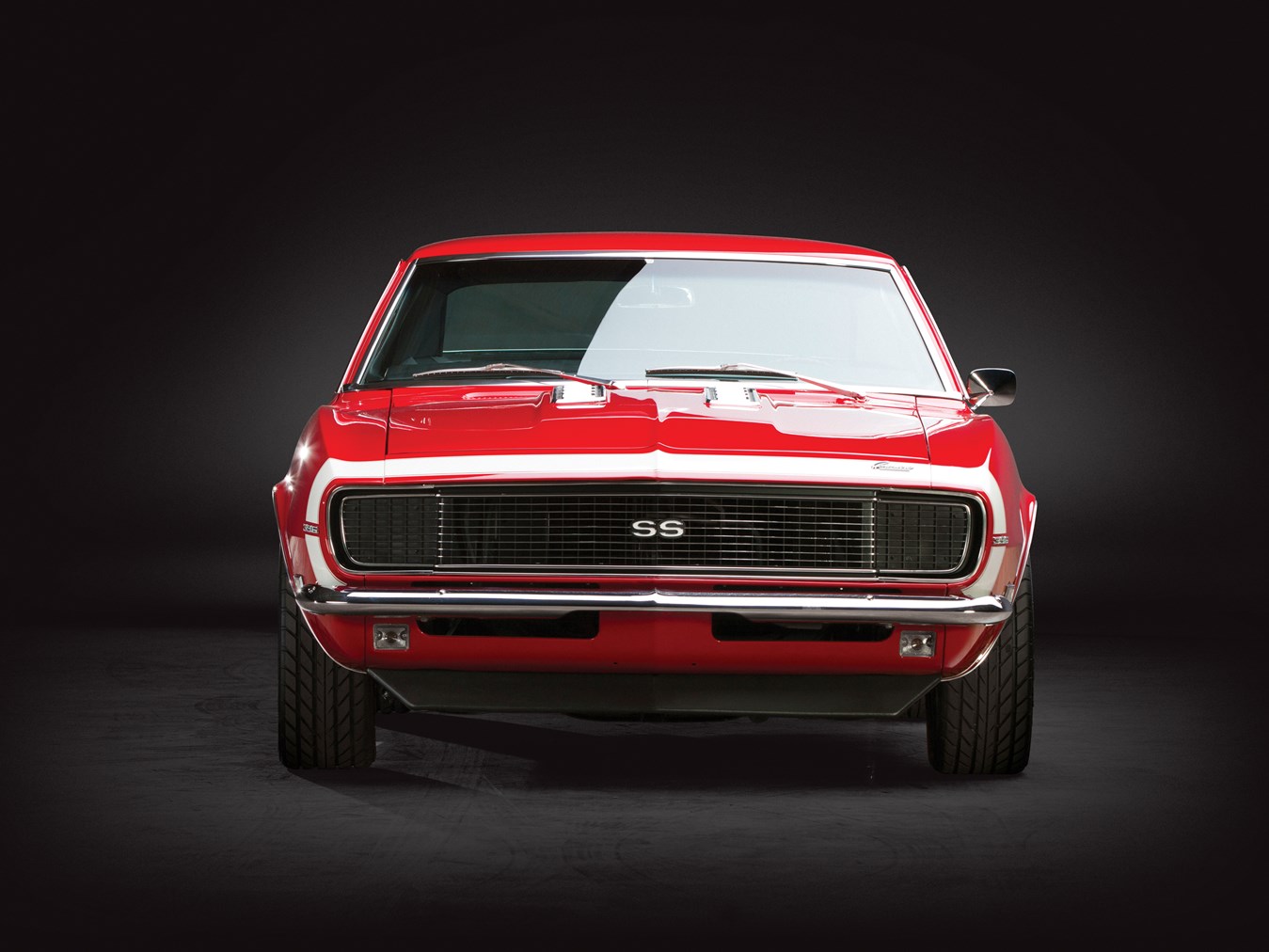
Chevrolet Camaro back in 1968 featured an SS/RS model that was available with a 396 big block putting out 375 horsepower. Camaro has been around since 1967 with time off from 2002 to 2009 before re-appearing again in 2010. (RM Sotheby’s)
Concerning the originator or first to arrive at dealerships, it was not the Ford Mustang. Although many may not know this fact, the Plymouth Barracuda beat the Ford Mustang to production, arriving at dealers on April 1, 1964 compared to Mustang’s early late April / early May arrival. The Barracuda featured a re-styled Valiant body with a large wrap around rear window and a sporty styled interior.
Aware that the Mustang was also arriving in 1964, Plymouth executives pushed assembly forward and instead of the Mustang, which debuted as a 1964 1/2 model, the Barracuda receives credit as the first Pony Car.
However, similar to Mustang being built on the Falcon frame, the Valiant-based Barracuda was gone by 1975 and didn’t come close to Mustang’s popularity and sales back in 1964. Premiered at the ’64 New York World’s Fair, Mustang sales were tremendous and car manufacturers realized they better get on board with their own Pony Cars. As the years went by both Mustang and Barracuda evolved into powerhouse Pony Cars, the Barracuda best known for its 440 and 426 Hemi offerings in 1970 and 1971 while the Mustang with its Boss 302 and Boss 429 versions were top rated muscle in 1969-1970.
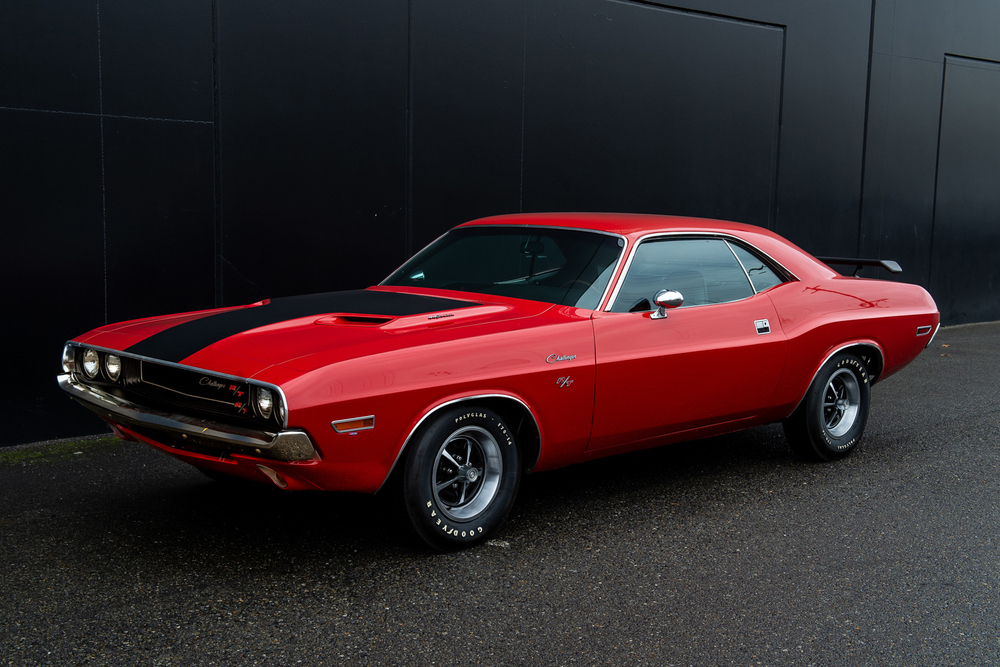
The Dodge Challenger arrived in 1970 to rave reviews. This Challenger is a ’70 440 R/T version that is still considered one of its most popular V8 models. The Challenger re-appeared in 2008 and is still very popular today. (Barrett-Jackson)
The Ford Mustang, having missed by a few weeks beating the Barracuda to production, is thus rightly revered as the “King of the Pony Cars.” Of “The Magnificent Seven” Ponies we discuss here, Ford’s Mustang never took even one year of production off and has been in continuous production through seven generations as we move into 2022. So the Mustang gets my award for longevity, hands down, with no disagreement that Ford really is the “King” with its Mustang Pony Car. In addition to 800-horsepower V8s nowadays, Mustang also has an all-new generation electric Mustang, the first of the remaining three Ponies to do so.
General Motors finally got into the game a bit late, but with more horsepower being its main goal. The Camaro arrived in 1967 and offered, in addition to its mild-mannered six-cylinder engines, both small- and big-block V8s, most notably the 396-inch, 375-horse L78 option. Combining lightweight and gobs of power, these Camaros were very popular, especially considering the exact same engine was rated at 425-horsepower in the 1965 Corvette. Speaking of most popular, how about the 302-V8 small-block Z/28 back in 1968 and 1969? Most enthusiasts won’t disagree.
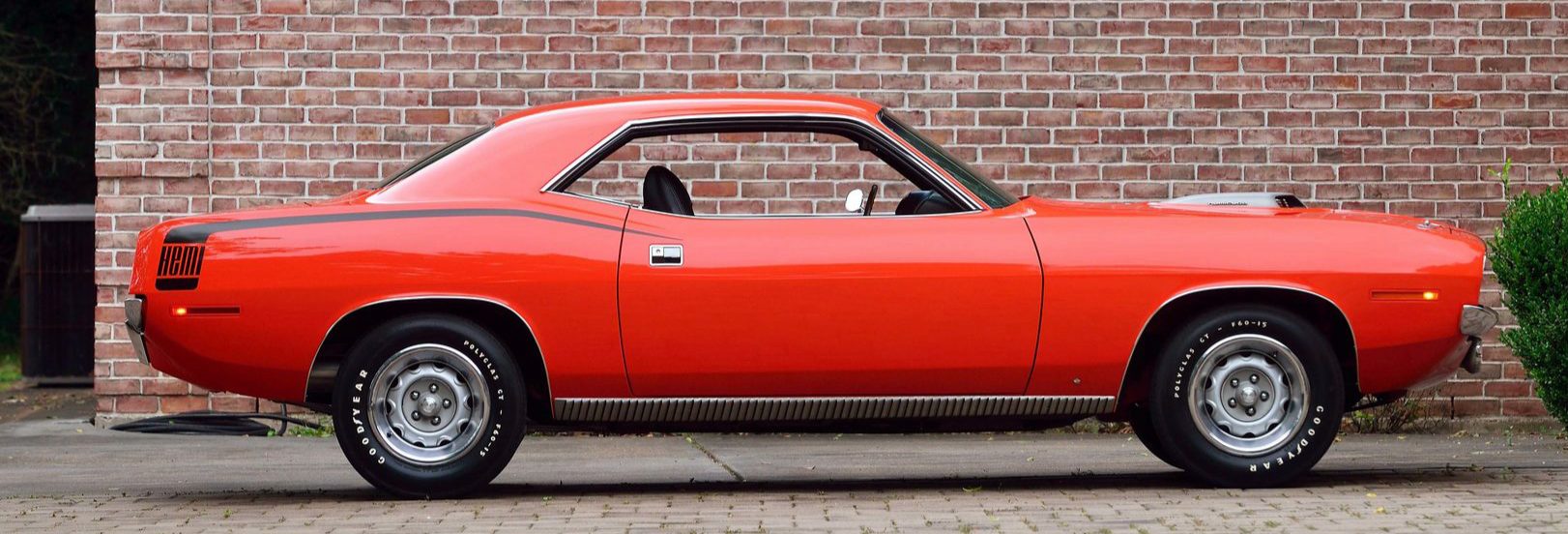
The very first Pony Car to arrive at dealers was the 1964 Plymouth Barracuda. Shown is its most popular edition, the 1970 Hemi ‘Cuda with the 426 Hemi under the hood. (Mecum Auctions)
Camaro’s sibling Pontiac Firebird then appeared five months after the Camaro in 1967, and offered a slew of engines along the way from an inline-6 all the way up to a Pontiac designed V8 that measured 455-inches. The 350 and 400-inch V8 models were most prevalent, but when a 455 Ram Air pulled up alongside on the boulevard, you had to give respect. The last Firebird rolled off the assembly line in 2002.
Also in 1967, the great looking and many times forgotten Mercury Cougar joined the Pony Car wars, with an elegant styling enhancement over and above its sibling Ford Mustang. I only consider the first generation 1967 to 1970 Cougar as Mercury’s “real Pony Car” as by 1971, Mercury was stretching the original Cougar into more “un-Pony Car” status to compete with GM’s Oldsmobile’s Cutlass models. Still, first generation Cougars with Boss 302, 351-Cleveland or 428 Cobra-Jet V8s are hard not to appreciate, both in value and legend. Cougars were around until 2002, but not in original Pony Car dress.
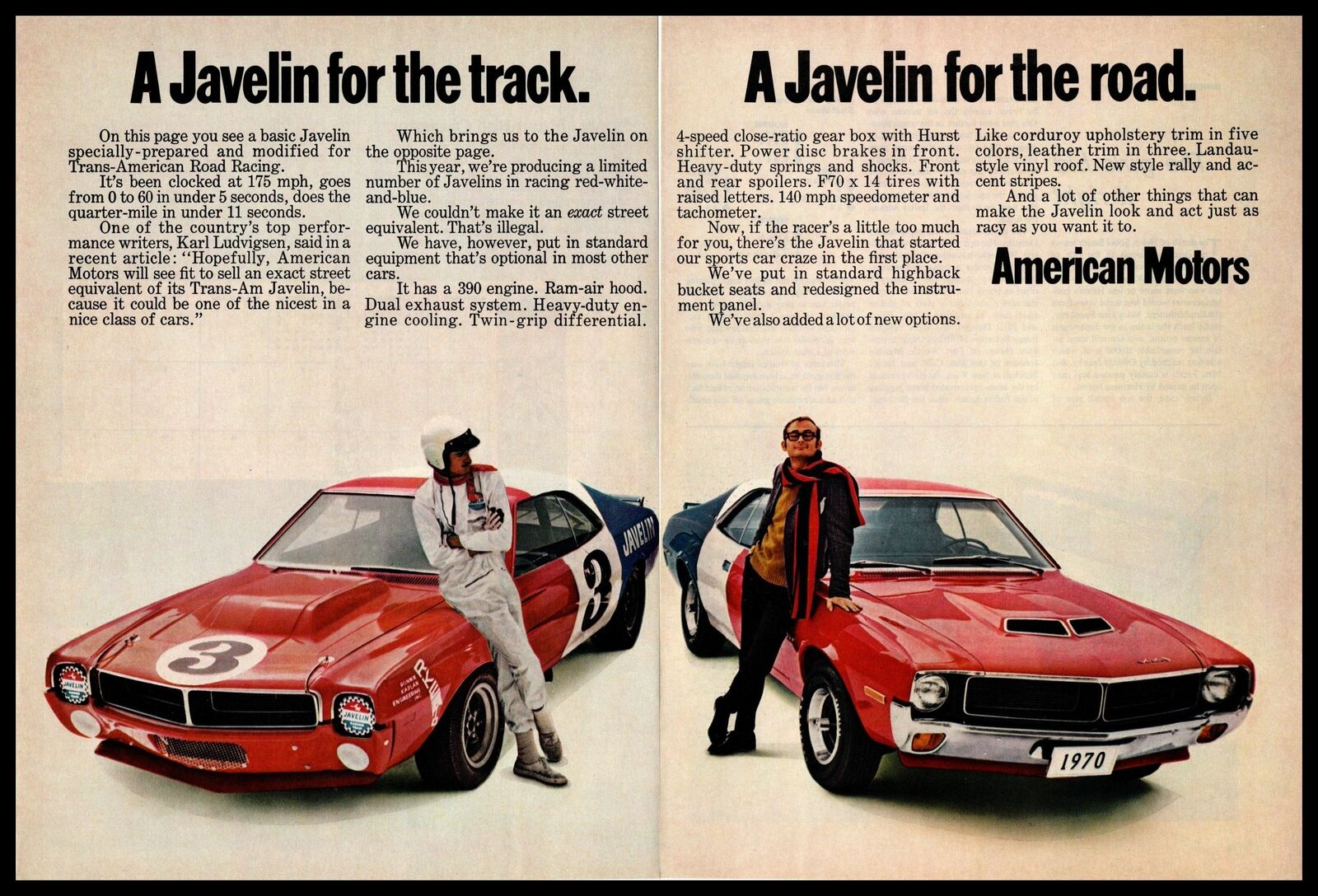
The 1970 AMC TA Javelin edition is shown here in both race and production dress. The street version came with a Go-Package option for its 390-V8. The Javelin was one of AMC’s most popular cars and only 100 TA Javelins were ever built. (Former AMC)
Next up were the 1968 AMC Javelins and AMX models, nowadays very popular with collectors based on good looks, rarity and a decent array of engines to choose from. Although in its final year the 1974 Javelin did offer a 401-inch V8, it was the earlier “non-smog attachments” 390-V8 with the Go-Package option that ran the best. The Javelin lasted two generations until 1974, while the two-seater AMX ended in 1970. Today, any performance Javelin SST with the Go Package is a great find and collectors love them.
The Dodge Challenger arrived in 1970 and made it through 1974 until the gas crisis and clean air mandates killed the entire Pony and muscle car era. Like its brother Plymouth Barracuda, the Challenger offered the same engines and two-door styles even though it rode on a two-inch longer wheelbase. Hemi Challenger anyone? Sure, but the 440 models sold better.
Fast forward and only three of the original pony cars survived, namely Mustang, Camaro, and Challenger. Two of them took time off and then reappeared with a vengeance for speed. The Camaro stopped production in 2002, and then returned in 2010 with Corvette power under the hood. The Challenger, meanwhile, appeared in true high-performance MOPAR style in 2008 while Mustang just kept producing year after year, a notable achievement.
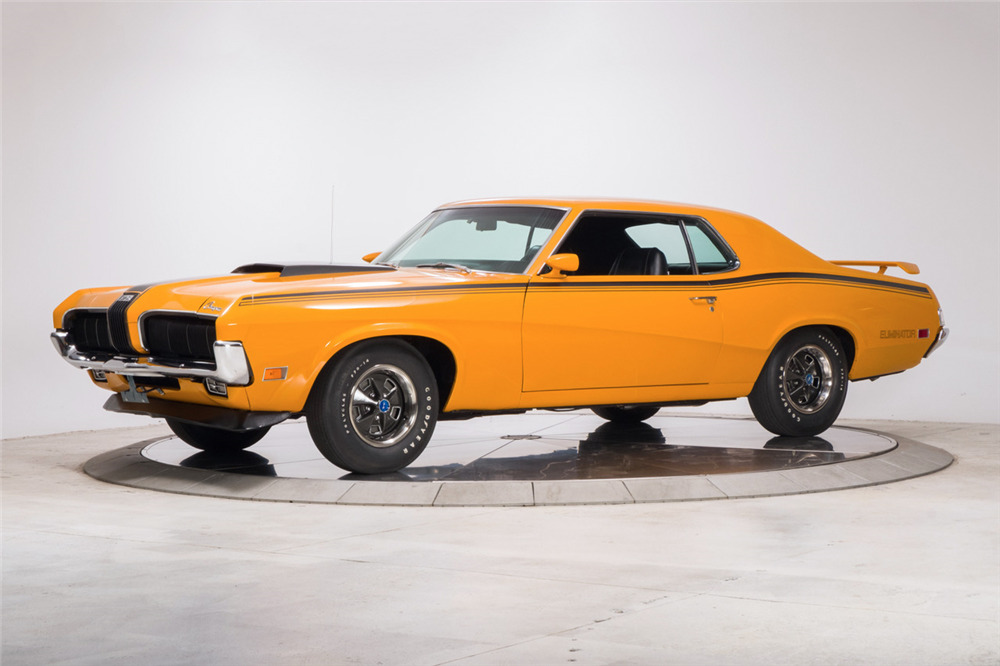
The Mercury Cougar was a fancier Mustang, and offered all of the great engines that made the Mustang a serious muscle car. Shown is a very rare 1970 Cougar Eliminator Boss 302. (Barrett-Jackson)
As for being rare, the 1968-1970 AMX is the rarest, with Javelin, Challenger and Cougar next in line with fewer production years than the others.
Also during this period, the Pony Cars had their own SCCA racing series called the Trans-Am. Javelin had its own T/A edition, Mustangs the Boss 302, Camaro the Z28, Pontiac its Trans-Am while Challenger and ‘Cuda utilized its special T/A models, all with small-block V8s. Surprisingly, a Roger Penske-led AMC T/A Javelin team, originated by Ronnie Kaplan Enterprises in 1968, won several SCCA titles, proving AMC was for real when they finally decided to concentrate on performance. Notable are the 100 production red-white-blue 1970 T/A Javelins built to satisfy SCCA participation rules. They came with the 390 Go Package although the racing Trans Am Javelin ran a 305-inch bored out 290 V8.
Fast-forward to 2021 and it’s difficult in this “green only” political era to justify the continued building of internal combustion pony/muscle cars as everything nowadays is pointing to all electric. With this in mind, and the fact that Ford has already built the aforementioned electric Mustang, if you see a modern Mustang Cobra, Camaro SS or Challenger SRT for sale, you might want to take a peek. Camaro is already rumored to end after the 2024 model, while Challenger’s SRT performance division has already dissolved.
As for which of the seven Pony Cars is my favorite, it’s still the one I owned back then, a bright blue 1968 Camaro SS/RS 396/375 with the M22 4-speed. Further, as noted in my recent columns, I still own a ’72 Challenger 440 R/T tribute.
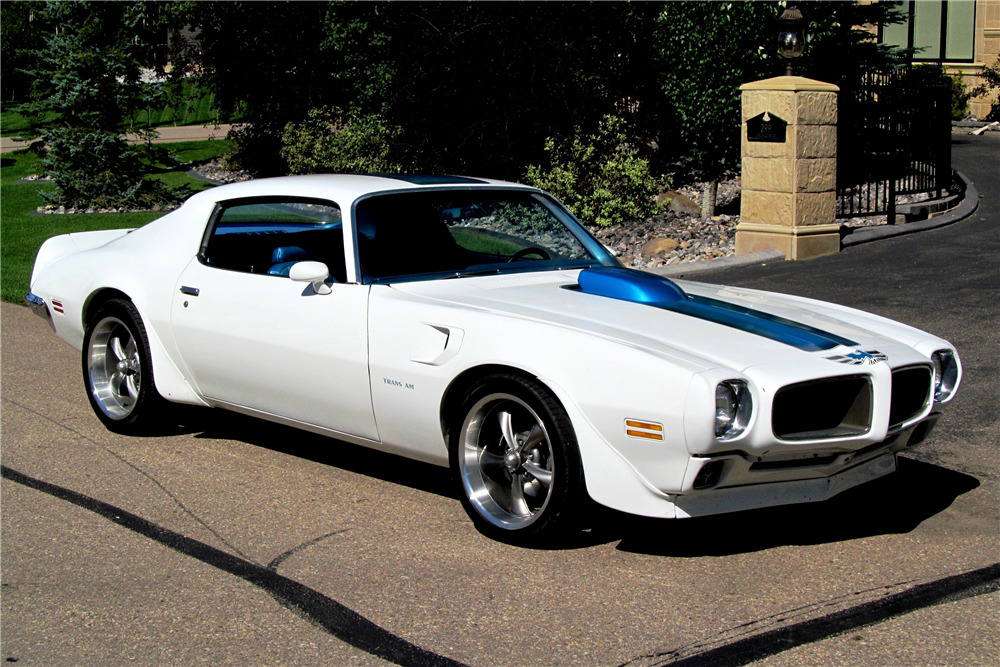
The Pontiac Firebird was one of seven legitimate Pony Cars that cruised the boulevards in the late 1960s. They lasted until 2002 and were siblings of the Chevy Camaro. The Trans-Am was the sporty Firebird and offered Ram Air engines up to 455 cubic inches. (Barrett-Jackson)
As for the future, the original and modern-day Pony Cars will keep moving forward in value. They are legendary gems of the automotive world.
Thanks for your letter Ken. I have great affection for all seven of this week’s subjects as each one had its own driving personality.
(Greg Zyla is a syndicated auto columnist who welcomes input on collector cars, auto nostalgia and motorsports. You can reach him at greg@gregzyla.com or at 303 Roosevelt St., Sayre, Pa. 18840.)

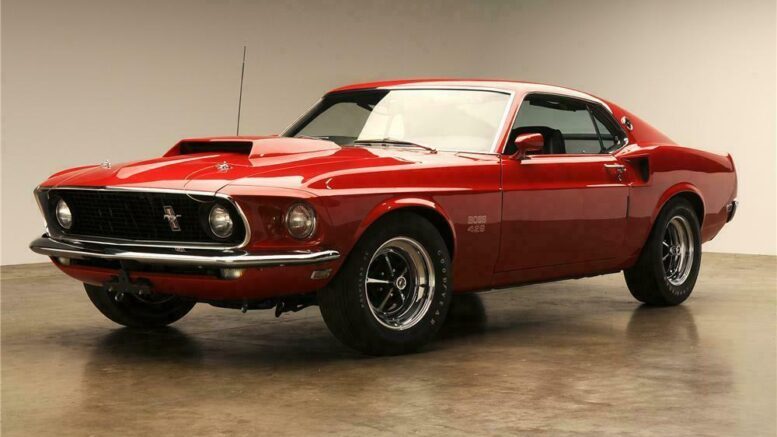

Be the first to comment on "Cars We Remember; ‘The Magnificent Seven’ original Pony Cars"